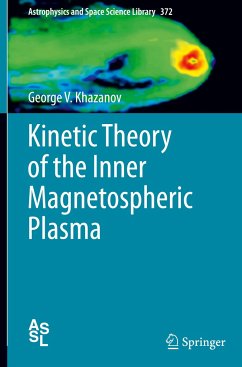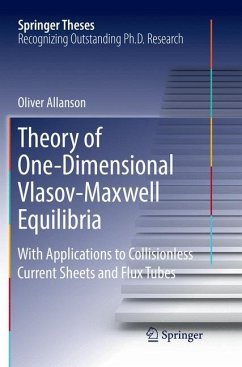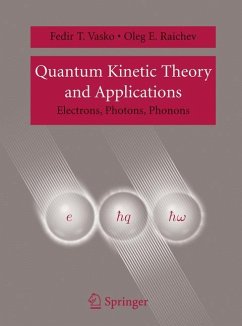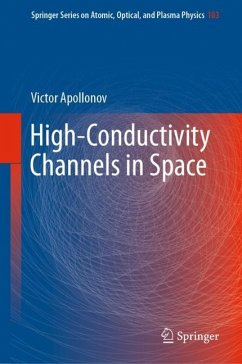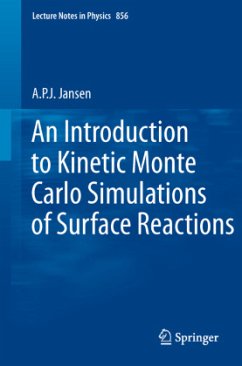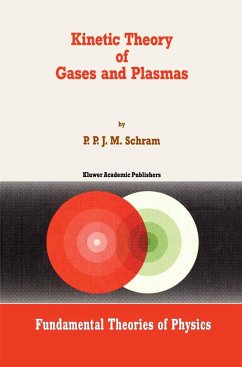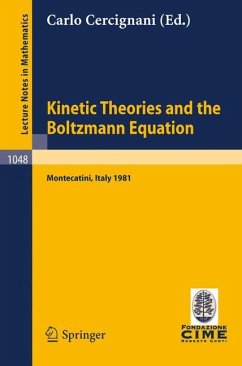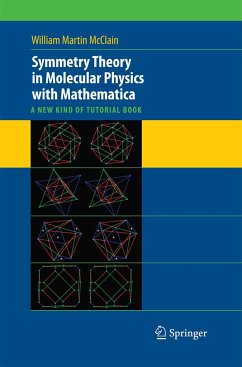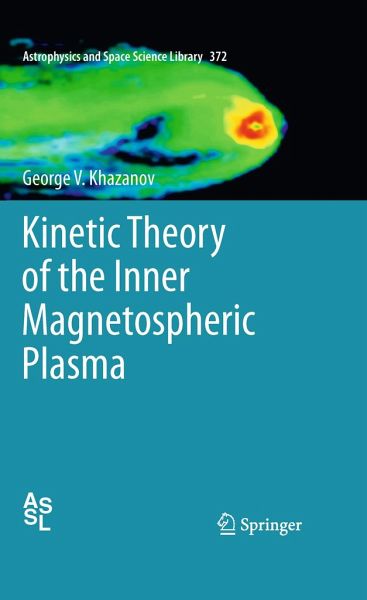
Kinetic Theory of the Inner Magnetospheric Plasma
Versandkostenfrei!
Versandfertig in 6-10 Tagen
151,99 €
inkl. MwSt.
Weitere Ausgaben:

PAYBACK Punkte
76 °P sammeln!
The inner magnetosphere plasma is a very unique composition of different plasma particles and waves. It covers a huge energy plasma range with spatial and time variations of many orders of magnitude. In such a situation, the kinetic approach is the key element, and the starting point of the theoretical description of this plasma phenomena which requires a dedicated book to this particular area of research.
This book provides a broad introduction to the kinetic theory of space plasma physics with the major focus on the inner magnetospheric plasma. It is designed to provide a comprehensive description of the different kinds of transport equations for both plasma particles and waves with an emphasis on the applicability and limitations of each set of equations. The major topics are: Kinetic Theory of Superthermal Electrons, Kinetic Foundation of the Hydrodynamic Description of Space Plasmas (including wave-particle interaction processes), and Kinetic Theory of the Terrestrial Ring Current. Distinguishable features of this book are the analytical solutions of simplified transport equations. Approximate analytic solutions of transport phenomena are very useful because they help us gain physical insight into how the system responds to varying sources of mass, momentum and energy and also to various external boundary conditions. They also provide us a convenient method to test the validity of complicated numerical models, a task that is usually tedious and time consuming. This book will provide students and space researchers with an understanding of how to determine the best approach to any upper atmospheric or space physics problem.





